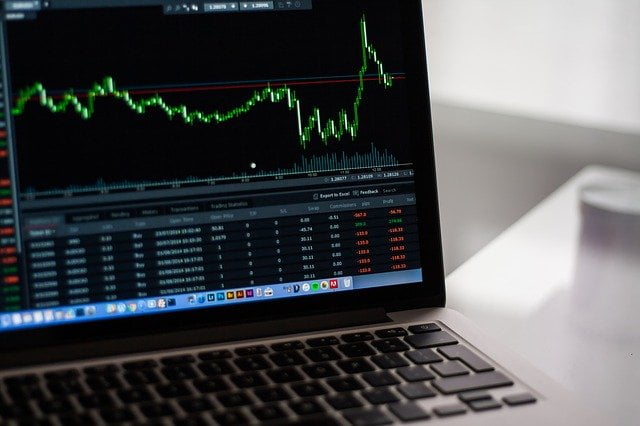In his Daily Market Notes report to investors, while commenting on the low interest rate environment, Louis Navellier wrote:
Q1 2021 hedge fund letters, conferences and more
CPI No Surprise
The Labor Department on Thursday reported that the Consumer Price Index (CPI) rose 0.6% in May. In the past 12 months, the CPI has risen 5%, which is slightly higher than economists’ consensus estimate of 4.7% increase and is now running at the fast pace since August 2008.
Overall, the May CPI was not a big surprise and investors seemed to have shrugged it off, possibly under the belief that pandemic related shortages and bottlenecks are leading to higher, albeit temporary price increases. Parsing of words from the Federal Open Market Committee (FOMC) in the upcoming weeks will take on more importance than ever. So far the Fed has doubled down on “transitory” inflation, but with each new economic report, this position becomes more tenuous. The Fed, ever sensitive to investor sentiment, may decide that letting air out of the tire slowing and embracing the advent of inflation, will allow them to walk the tight rope a little longer.
The Low Interest Rate Environment
I cannot stress how bullish the current low interest rate environment is for stocks. Not only are companies selling debt at ultra-low yields to pay off higher yielding debt, but many companies are also bolstering their cash reserves and boosting their stock buyback activity. In other words, the current low interest rate environment is helping to set the stage for another launch when the second quarter results are announced in July. In the meantime, so far in June, small capitalization stocks continue to perform exceptionally well, bolstered by the excitement surrounding the annual Russell realignment.
This will be a year of almost-unprecedented peacetime GDP growth. Not since the opening years of the Korean War has America seen what we will likely see in 2021 – 7% or greater Gross Domestic Product (GDP) growth. As we enter the final month of the second quarter, the Atlanta Federal Reserve says the current quarterly GDP growth is humming along at an annual rate of 10.3%, and it shows no signs of slowing in the second half. If we can keep the supply chains going, we may see record-high growth rates.
The "T" Word
When former Fed Chairman Ben Bernanke uttered the word “taper” in the late spring of 2013, the bond market went wild. The 10-year yield almost doubled, topping out at around 3%, even though the tapering – or slowing down of the rate of bond purchases – had not even begun. Surely, Fed Chairman Jerome Powell knows about this 2013 “Taper Tantrum,” so he is in a bit of a conundrum, which is a situation that habitually happens to Fed chairmen, as it is a part of their job description.
If the Federal Reserve’s recent intervention in both the stock and the bond markets is more extreme than Ben Bernanke’s, doesn’t that mean the reaction to any future tapering would be more extreme, too?
It sure could be, given the subdued volatility we have seen in financial markets because of the extreme nature of the present round of quantitative easing (QE) globally.






